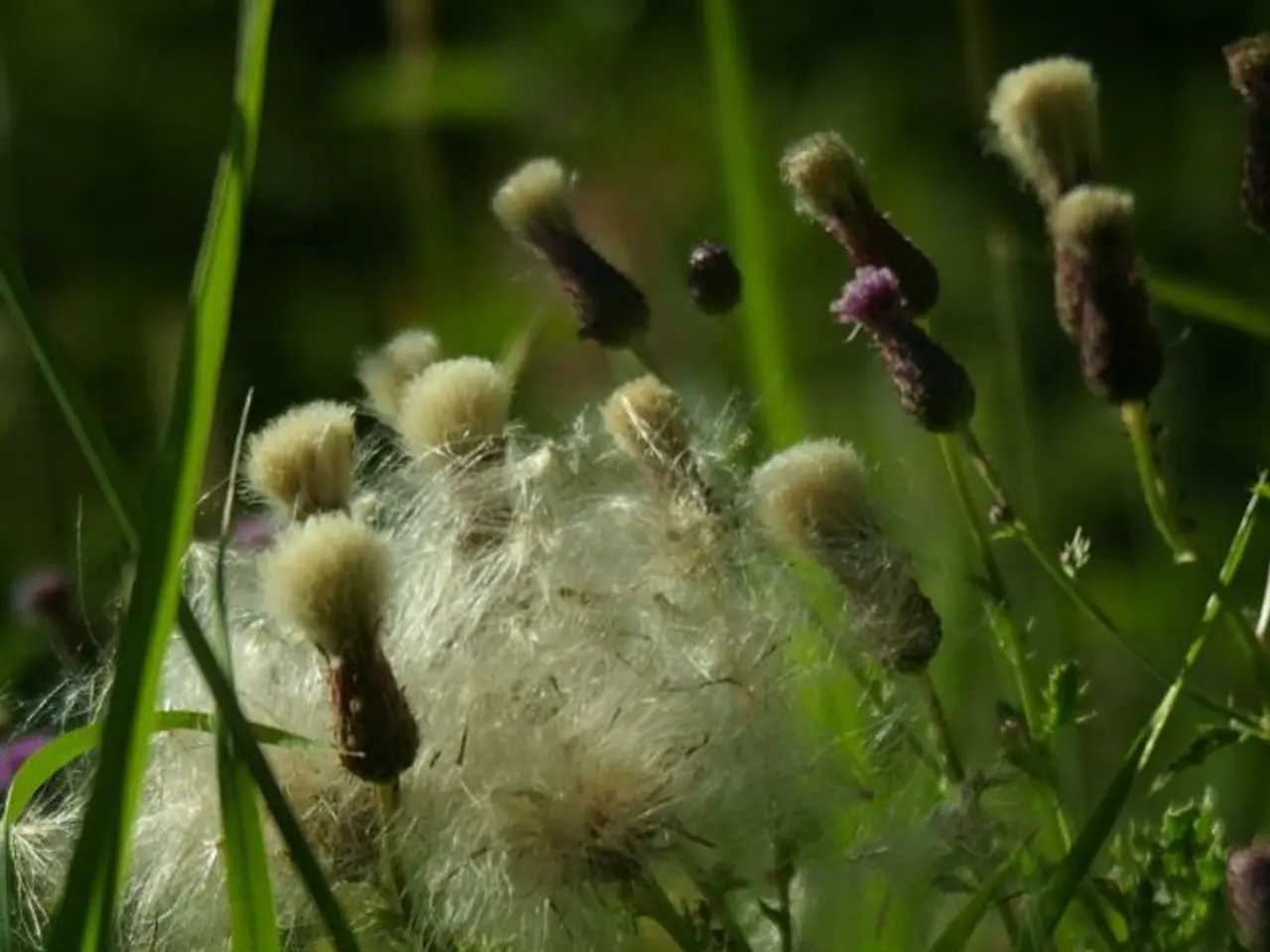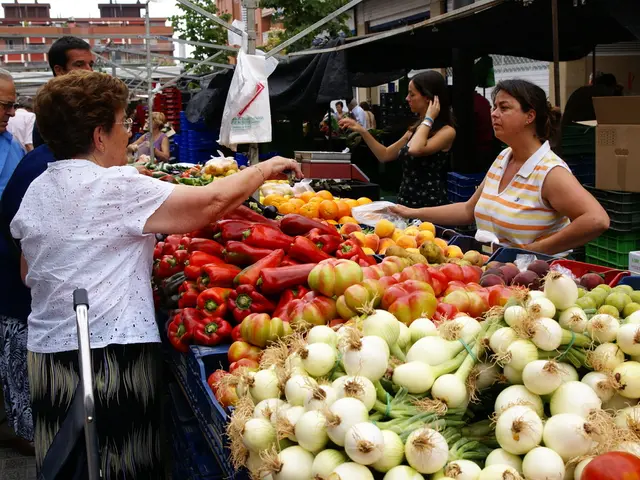Planting Schedule for Vegetables in Maryland: A Detailed Guide for Peak Harvest
Maryland's unique climate and diverse hardiness zones make it an ideal location for vegetable gardening. With its temperate weather and ample sunshine, the state offers a bountiful growing season for various crops.
Meet Glen, an experienced gardener with over 15 years of hands-on experience in garden maintenance, design, and landscaping services. Glen shares his knowledge through a blog, providing helpful content for fellow garden enthusiasts.
In the spring, Glen starts with peas and radishes, then moves on to beans and squash as the weather warms up. For crops that can handle cool temperatures, direct seeding is ideal, and adapting to Maryland's weather forecast is crucial for timing. Using mulch can suppress weeds and retain soil moisture, aiding in the growth of these early crops.
As the days grow longer and warmer, it's time to transition to warm-season crops like cucumbers, squash, and tomatoes. Starting seeds indoors can give a head start for these crops, and grow lights can be used to simulate outdoor conditions. When transplanting seedlings, checking soil and air temperatures is essential to ensure they are within the ideal range for each crop.
For leafy greens like spinach and lettuce, planting early spring is key, while heat-loving crops like tomatoes and cucumbers thrive when planted from mid-May to mid-June in Maryland. Understanding your local hardiness zone is crucial for planting vegetables in Maryland, as the state spans USDA Plant Hardiness Zones 5b to 8a.
Succession planting is a great way to ensure a continuous harvest in a garden. By aligning plant varieties with seasonal temperature and frost windows and staggering sowing times, you can extend harvests and promote healthy growth. For example, cool-season crops like lettuce, peas, radishes, and spinach can be planted starting several weeks before the last spring frost, continuing staggered sowings every 1-2 weeks to extend harvests.
In mid to late summer, plant fall crops to mature by first frost. These include kale, broccoli, turnips, carrots, mustard greens, and collards, which thrive in cooler temperatures and shorter days. In fall, it's all about cool-weather crops like carrots, kale, and beets.
Regular weeding, watering, and feeding with appropriate fertilizer are key to a bountiful harvest. Organic fertilizer options are used to nourish the soil and plants sustainably. Spacing seedlings is critical, with 18-24 inches between tomato plants to prevent disease spread and ensure optimal air circulation.
Pruning and staking are part of the routine to support plants like tomatoes and cucumbers. Regularly inspecting for pests and diseases is essential to keep the garden thriving.
Glen's latest posts include "Garden Fungicides: Essential Tips for Disease-Free Plants", "When to Pick Candy Cane Peppers: Optimal Harvest Time Guide", and "When to Pick My Watermelon: A Gardener's Guide".
By following these tips and guidelines, you can enjoy a thriving vegetable garden in Maryland throughout the year. Happy gardening!
When transitioning to warm-season crops in spring, using grow lights to simulate outdoor conditions can give a head start, and checking soil and air temperatures is crucial before transplanting seedlings to ensure they're within the ideal range. Understanding your Maryland's local USDA Plant Hardiness Zone, spanning 5b to 8a, is essential for successful planting of various crops due to the state's diverse climate and hardiness zones.




